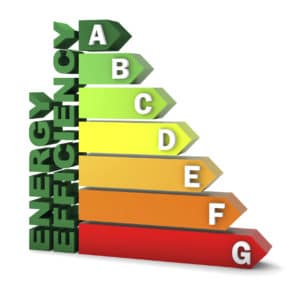A lot of people are becoming aware of the need to reduce their carbon footprint and help in efforts to combat global warming. Accordingly, it is important to make sure that your AC system is as efficient as possible. An efficient HVAC system does not only operate better but also saves energy.
So, how is heating and cooling equipment efficiency measured?
Here are a few ways that you can explore:
EER
The Energy Efficiency Ratio is designed to give you a rough estimate of how much cooling you will get on your HVAC system for every dollar you spend on energy. The rating is often based on the season’s hottest day other than an average of the entire season. EER is calculated by dividing the total output cooling energy with the incoming electrical energy.
The Energy Star
The Energy star is provided by the US Environment protection agency and is only awarded to an HVAC system that meets or surpasses the high energy efficiency guidelines. The guidelines are often based on how much the HVAC system contributes to the nationwide efforts to save energy, the difference in cost between the system, and its less efficient counterpart and the performance of the entire system against its energy requirements.
MERV
The MERV is also know as the minimum efficiency reporting value and is used to measure the efficiency of filters based on the size of their holes. MERV ranges between 1 and 16. 16 is the highest efficiency possible for a filter in trapping contaminants in the entire HVAC system.
SEER
This is also called the Seasonal Energy Efficiency Ratio and is used to offer you the amount of cooling energy you get from every dollar you spend on power for the whole season. The SEER rating will range between 13 and 22 with high values indicating that the system is efficient.
Making sure that your HVAC system is efficient should be a huge priority for you. Remember, efficient HVAC systems are very good in saving you money and limiting pollution. Follow us for more great articles on heating, air conditioning and home needs.








